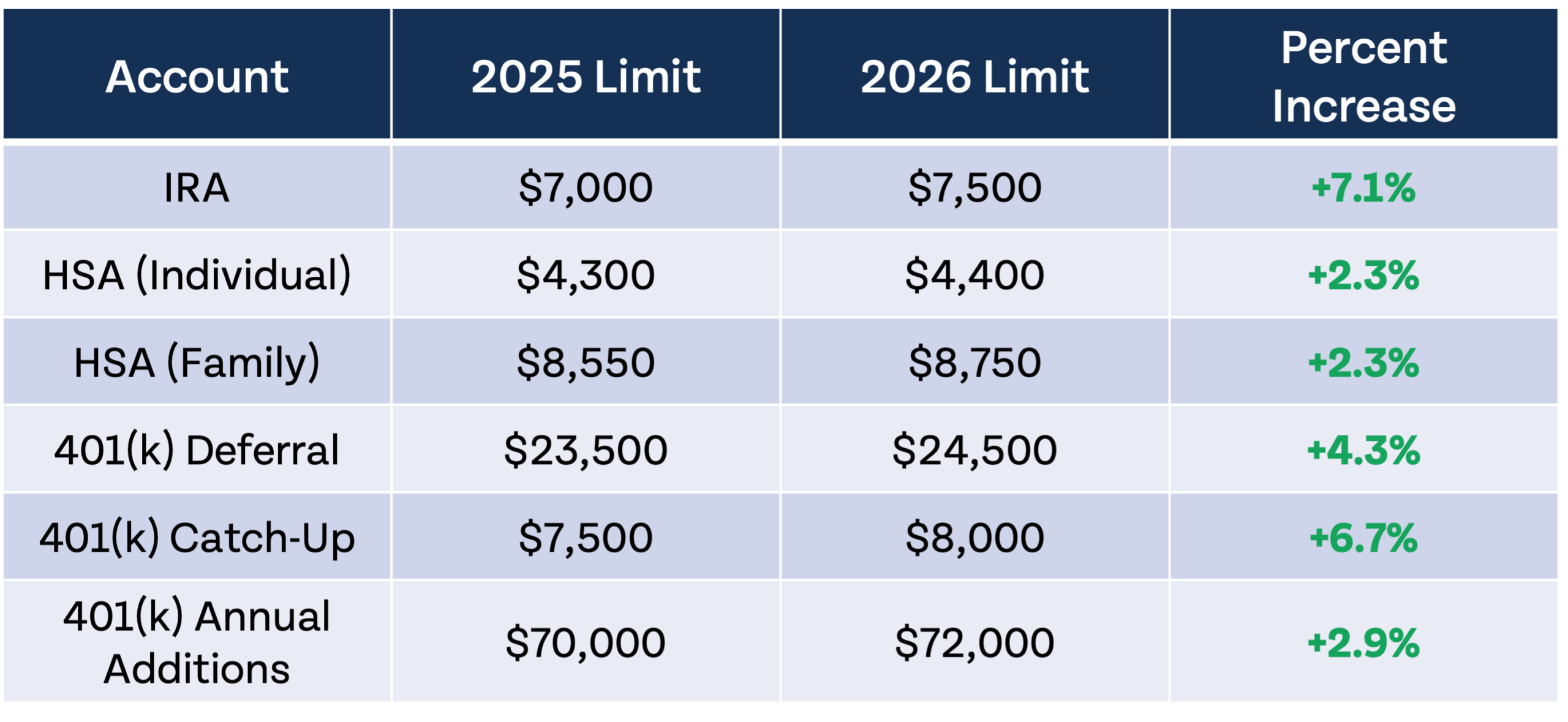As a millennial, it’s been difficult to adjust to no longer being the token young adult. It felt like for decades “millennial” was used as a generic term for “young person I don’t like.” Now millennials are buying homes, having children, and some are even having grandchildren (none I know personally, but the oldest millennials are now 44, so I assume at least a handful have grandchildren). The young adult generation is now undoubtedly Gen Z, who currently range from age 13 to 28.
The financial problems faced by millennials are well-documented. We were graduating high school and college during the Great Recession. We used student loans to pay for our college degrees that often weren’t worth the paper they were printed on. We had (and many continue to have) trouble affording homes. We are waiting longer and longer to have kids or are not having them at all (to be fair, the decision to delay having children or to not have children isn’t always related to money). We own less than half of the wealth that our parents did when they were our age.
All that being said, I wouldn’t want to trade places with my parents or any previous generation. My parents and grandparents had to go to a friend of a friend to invest, and they usually sold them insurance or annuities instead of helping them invest in the stock market. It is easier to access good financial information than ever before. Sure, there’s a lot of misinformation out there, but if you know where to look, you can teach yourself how to invest, the best way to pay off debt or buy a car or house, and so much more.
Gen Z’s four-letter problem
Gen Z shares many of the same financial problems millennials face. Homes are out of reach for many, college is expensive and often necessitates student loans, and many are facing tough job markets when graduating college (tech especially). There is one notable difference, though, and that is debt.
Gen Z carries a higher average debt load than any other generation. The average Gen Z adult has nearly $100,000 in debt (including credit cards, student loans, personal loans, medical debt, mortgages, and auto loans), but this average is skewed by a small but notable percent of this generation that carries a significant amount of debt. 32% of Gen Z adults have no debt at all, and 30% have some debt, but less than $50,000. 13% of the generation has between $50,000 and $100,000 in debt, and 11% has over $100,000 in debt (I’m assuming the percentages here don’t add up to 100% due to non-respondents).
The reason for Gen-Z debt
There’s no doubt that many members of Gen Z with over $100,000 in debt have their mortgage to blame, but the most common debt carried by Gen Z adults was not mortgages, but credit cards (56%), student loans (31%), personal loans (23%), medical debt (19%), and finally mortgages (16%) and auto loans (10%). The spending habits of young adults is quite different from older generations and might explain the higher debt load young people carry.
Older households spend more money on housing, household goods and services, and healthcare. Younger households spend more on education, communication, transportation, and leisure. It makes sense that the older you are the more you spend on healthcare, and that younger people spend more on education and communication. The notable difference in spending appears to be a preference by older households to spend money on goods and services and younger households to spend money on transportation and leisure.
This is something we’ve known for quite a while: young people would rather spend money on experiences than things, and about 60% would rather have those experiences now instead of saving for retirement. Not saving for retirement is definitely bad, but choosing to spend money on experiences rather than stuff is a good thing. Experiential purchases have been shown to make people happier, even when accounting for price differences. Younger people are prioritizing spending that makes them happier, but unfortunately some may be going a little overboard.
How young adults can avoid consumer debt
In some ways, it is easier to control spending on things than it is spending on experiences. With things, your happiness boost often fades quickly and buying stuff doesn’t really provide you with cherished memories. Spending money on experiences is often accompanied by pressure from friends and family to join in on the fun and spend a certain amount of money, whether that’s just a dinner out or an expensive vacation.
It is really difficult to turn down new experiences with friends and family, but setting boundaries around how much you are willing to spend can help avoid those tough conversations entirely. Friends and family are much less likely to pressure you to spend money on something you can’t afford if they know you can’t afford it. It can be really difficult to talk about budgeting and money, but it is far better than the alternative which is living above your means.
















